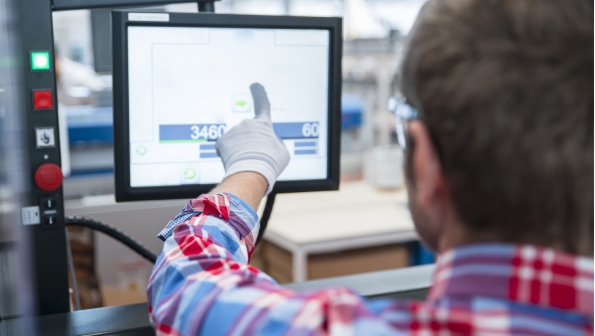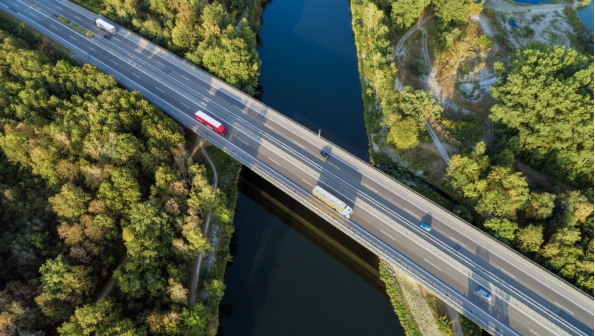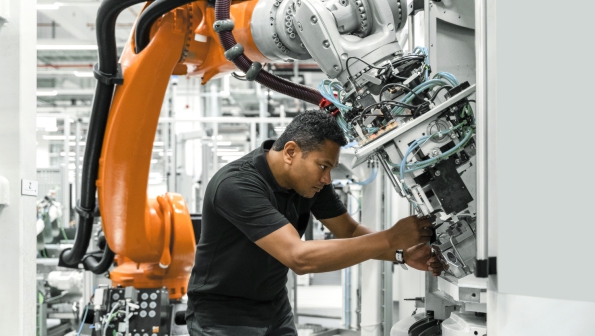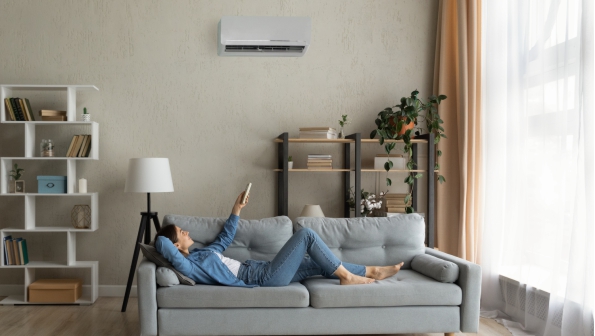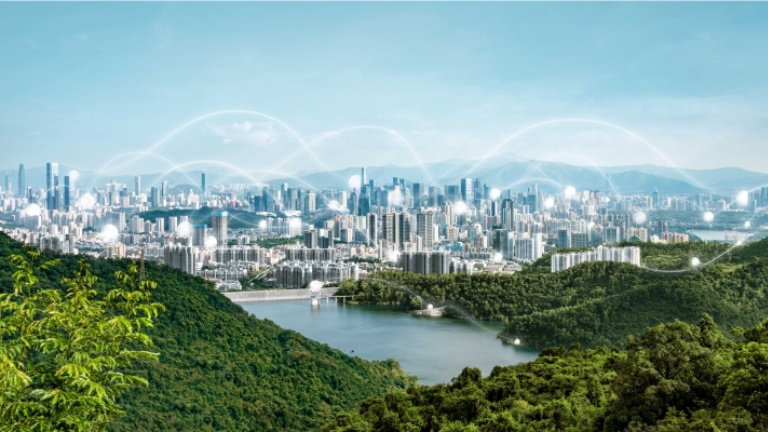
We make the IoT work – for a better and greener future
The IoT - energy guzzler or decarbonization enabler?
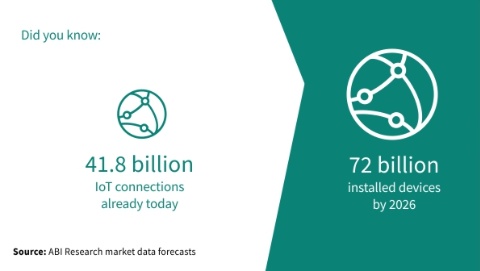
Digital transformation and – by extension – the IoT are changing the way we live, work, produce, travel, and consume. The IoT has huge economic potential, but also a significant climate impact due to the billions of interconnected devices that require energy to function. And as digitalization reaches into more and more areas of our lives, our carbon footprint expands accordingly. Although the energy needed to run a single Internet search or send a single email is low, the figures mount up when billions of connected devices are performing these simple tasks on a daily basis. The IoT consumes a substantial amount of electricity, much of which is generated by fossil fuels. In addition, the significant number of data points collected by sensors and transmitted to data centers also generate vast amounts of data that needs to be stored and processed. While some strides are being made towards more energy-efficient data centers, by 2040, the storage of digital data is expected to produce 14% of the world's total emissions, which is roughly what is emitted by the entire U.S. now.2
Press release (2023): PAS CO2 sensor for certified buildings
Video: Infineon’s CO2 sensor meets the highest measurement standards
Video: Predictive Maintenance for Smart Buildings powered by Infineon
Green smart factories and industrial processes of the future

The biggest consumers of electricity today are buildings and industry sectors (production and logistics operations in particular), which jointly account for over 90% of global electricity consumption and have contributed over 90% (around 5,700 TWh) to global electricity demand growth since 2010.1
Innovative, smart IoT applications can not only increase efficiency, but also minimize downtime, extend the lifetime of machines and plants, and increase resource efficiency. Smart IoT can shorten delivery journeys and delivery times, and thus contribute to reductions in CO2 emissions and fuel consumption. It can also enable more climate-friendly production methods.
1) IEA (2022), World Energy Outlook 2022, IEA, https://www.iea.org/reports/world-energy-outlook-2022
2. The green power of smart homes and buildings

The transition towards a greener future also calls on households and building operators to adopt more eco-friendly practices. In buildings, electricity is consumed largely by appliances (45%) and by space cooling and heating (nearly 30%)1. Green IoT technology solutions can help to make a home or building smart and energy-efficient, balancing technological advances with sustainability. For example, building management solutions can identify areas in use, ensuring that specific functions like lighting, heating, ventilation, and air conditioning are only activated on demand. Digitalization and automation technologies can also reduce maintenance effort and working hours, while extending the service life of HVAC and lighting equipment.
1) IEA (2022), World Energy Outlook 2022, IEA, https://www.iea.org/reports/world-energy-outlook-2022
1) ABI Research market data forecasts
2) International Energy Agency

